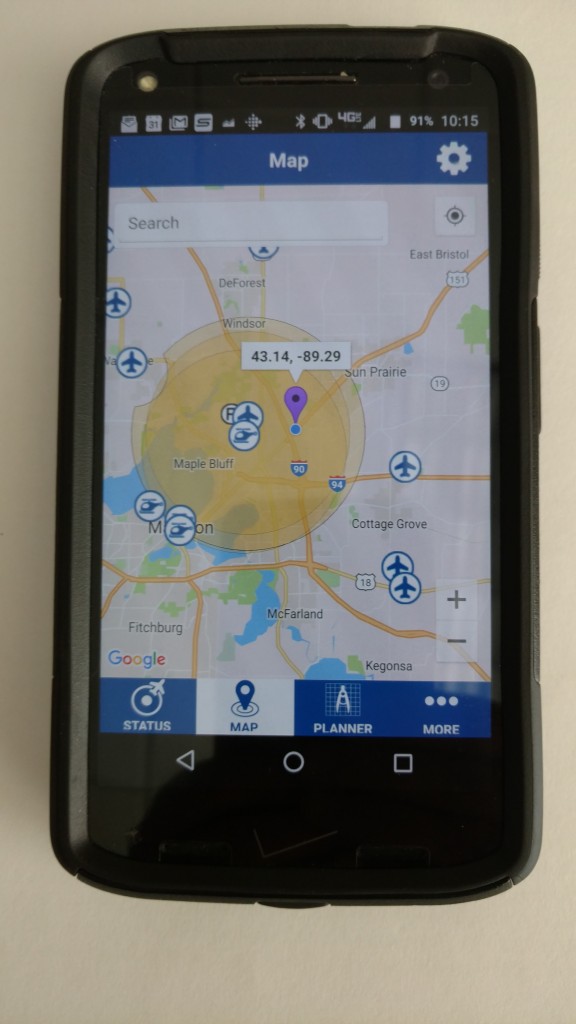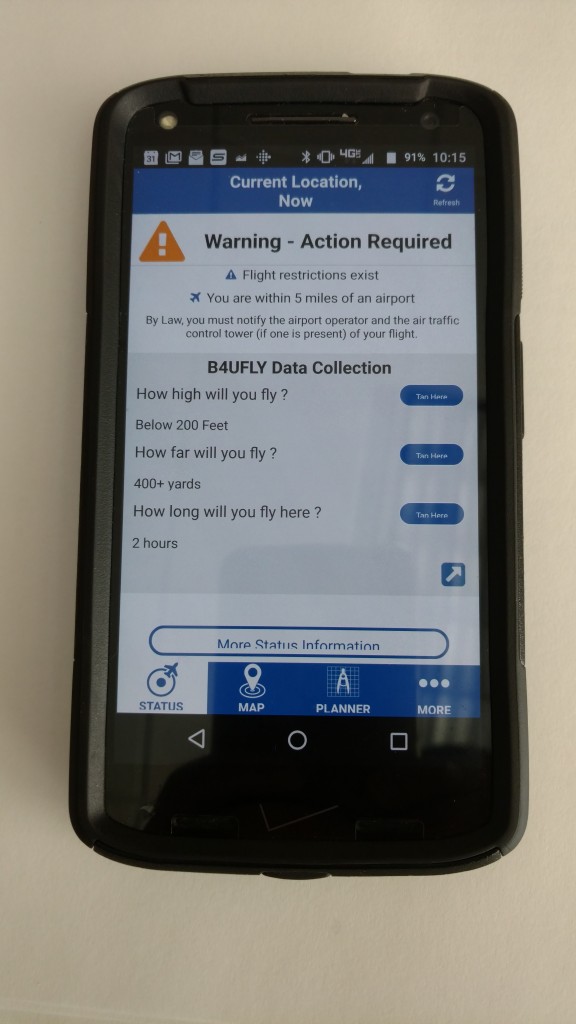If you follow this blog – or follow the U.S. geospatial market – you know that operating a UAS or drone for commercial purposes is strictly regulated by the Federal Aviation Administration (FAA). Ayres Associates has been using UAS on projects for the past few years. We follow all 624 pages of the Part 107 regulations and adopted further internal standard operating procedures to ensure safe and successful operations. Our staff members publish blog articles and speak regularly at conferences to help educate the community on proper UAS use and have become experts in our marketplace.
We’ve fielded many questions about this fast-moving technology, but one question we haven’t addressed is “What if a person is not flying for commercial use?” We get this question from clients and in our social circles. Not long ago, a co-worker approached me with a story.
It was beautiful spring day, and he and his kids were riding their bikes at a local park when they heard what sounded like 1,000 bees bearing down on them. They looked left, they looked right, nothing. Then my co-worked looked up and saw the culprit. It was both his and his children’s first experience with a drone, and, if you haven’t heard one, they can be very loud. The drone followed them for about a minute and a half through the trails. While the family was not necessarily scared, the kids were a little nervous and certainly distracted. Having biked into the back of a parked car while looking over my shoulder and waving at mom when I was 5, I can understand my co-worker’s concern about his kids focusing on the buzzing drone instead of the trail and terrain before them. Monday morning, he stopped in and asked, “What can hobbyists do with drones?”
First, before anyone can fly in the United States, they must:
- Be 13 years of age or older (if the owner is less than 13 years of age, a person 13 or older must register the small unmanned aircraft)
- Be a U.S. citizen or legal permanent resident
- Register the UAS if it weighs more than 0.55 pounds and less than 55 pounds. (Larger UAS requires a different registration).
- Label the UAS with their registration number
Read and understand all safety guidelines
So, what are some of the safety guidelines for recreational drone users?
- Fly no higher than 400 feet, and remain below any surrounding obstacles when possible
- Keep the UAS in eyesight at all times
- Never fly near manned aircraft operations. Operators must always see and avoid other aircraft and obstacles.
- Stay five miles from an airport or heliport
- Never fly over unprotected persons or moving vehicles
- Remain at least 25 feet away from individuals and vulnerable property
- Never fly over stadiums or sports events
- Never fly near emergency response efforts, such as fires
- Never fly under the influence of alcohol or drugs
- Do not fly in adverse weather conditions, such as in high winds or reduced visibility
- Ensure the operating environment is safe and that the operator is competent and proficient in UAS operation.

- Do not fly near or over sensitive infrastructure or property, such as power stations, water treatment facilities, correctional facilities, heavily traveled roadways, or government facilities
- Check and follow all local laws and ordinances before flying over private property
- Follow community-based safety guidelines, as developed by organizations such as the Academy of Model Aeronautics (AMA).
- Do not conduct surveillance or photograph persons in areas where there is an expectation of privacy without the individual’s permission
All UAS/drone operators much be aware of their surroundings. Could you crash into a child or animal? Could you crash into your neighbor’s house or car? Are there power lines nearby?
Also consider who else is using the sky. Crop dusters, emergency operators, police, firefighters, and others regularly operate at low altitudes, and a drone can do a lot of damage to their aircraft. You should not be flying your drone near any of these.
The rules and guidelines may not be fully inclusive and could change frequently. It’s up to the operator to understand the current rules. If you want more information on recreational use of UAS, here are a few good resources:
http://knowbeforeyoufly.org/for-recreational-users/
https://www.faa.gov/uas/getting_started/fly_for_fun/
If you need further help, contact a local recreational flying club for guidance.
Note: Commercial UAS operators are more heavily regulated than recreational operators. They are licensed, better trained, and follow the FAA Part 107 regulations.
What is commercial use? Anything you can receive compensation for. Real-estate, wedding videos, consulting, data analysis, surveying, inspection, and marketing/promotional videos can all be considered commercial use.
Have a question about when and where you can (or can’t) operate a UAS? Comment below, and we’d be happy to follow up and get you an answer.










1 comment
torrent
January 11, 2021 at 3:22 pm (UTC -5) Link to this comment
You made some good points there. I did a search on the topic and found most folks will agree with your blog. Kelsi El Lala